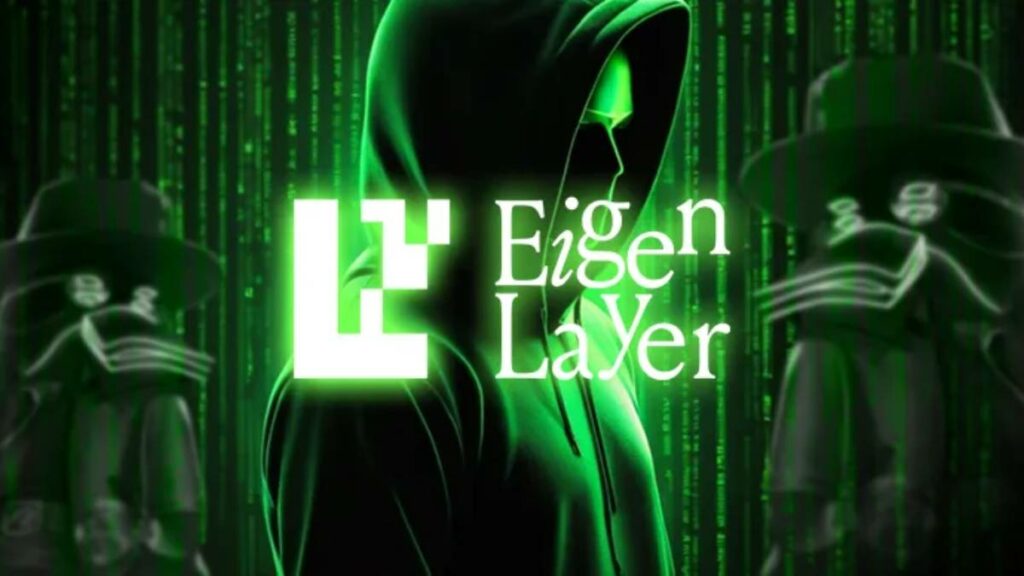TL;DR
- EigenLayer was hacked on X, leading to the publication of phishing links.
- A user lost $800,000 worth of mETH after signing a phishing signature.
- Hackers continue to share dangerous links from the compromised account.
Ethereum platform EigenLayer has been the victim of a significant hack on its X (formerly Twitter) account, where several phishing links were posted.
This incident has raised serious security concerns in the cryptocurrency ecosystem.
🚨 EigenLayer's X account was compromised and posted phishing tweets. pic.twitter.com/lInHpMIEIM
— Scam Sniffer | Web3 Anti-Scam (@realScamSniffer) October 18, 2024
According to analysis by Scam Sniffer, a renowned security analyst at Web3, the account was compromised and used to spread misleading messages that have led to the loss of large sums of money.
The first phishing message was posted at around 11:20 AM, claiming that “EIGEN stakedrop Phase 2 is now open,” which attracted the attention of unsuspecting users.
Although this tweet was quickly deleted, the hackers were quick to share other similar messages, including a seven-part thread and a warning about the possibility that other tweets were phishing attempts.
The attackers’ cynical approach includes using images of a dog adorned with flowers to lure more victims into clicking on malicious links.
Unfortunately, one of the users fell for the scam, and Scam Sniffer revealed that this person lost $800,000 worth of mETH after signing a “permit” that was part of the phishing scheme.
This case underscores the importance of taking caution when interacting with links and messages on social platforms, especially those that appear to come from official accounts.
The crypto community is on alert, and it is essential that users are informed and cautious to protect their assets.
Security measures and precautions against EigenLayer hacking
To mitigate risks like the one suffered by EigenLayer, it is essential that users adopt stricter security practices.
Using two-factor authentication, verifying the authenticity of accounts before interacting, and watching out for warning signs are crucial steps to preventing losses.
Additionally, users should be skeptical of announcements of airdrops or token distributions that have not been confirmed by official sources.
The onus is also on platforms to implement more robust security measures and provide education to their users on how to detect and avoid fraud.
With the increasing number of scams in the crypto space, vigilance and education are more important than ever.
EigenLayer‘s situation is a reminder that while blockchain technology offers many advantages, it also presents risks that users must be prepared to face.
In conclusion, it is essential that the crypto community remains united and active in the fight against fraud, sharing information and strategies to stay safe in an environment that, although innovative, can be dangerous.











